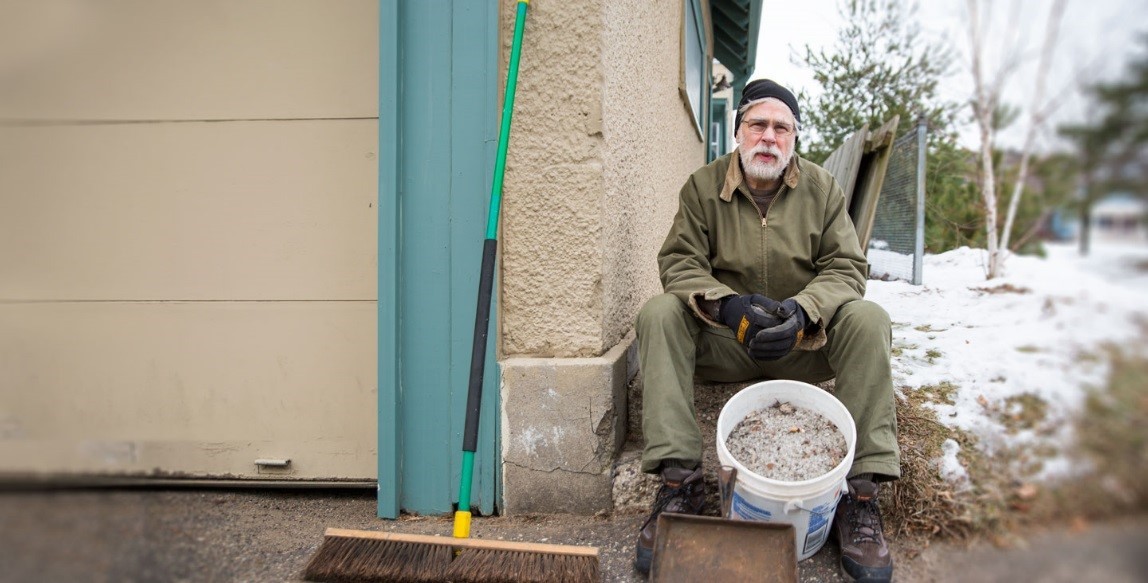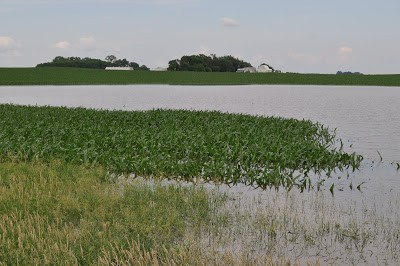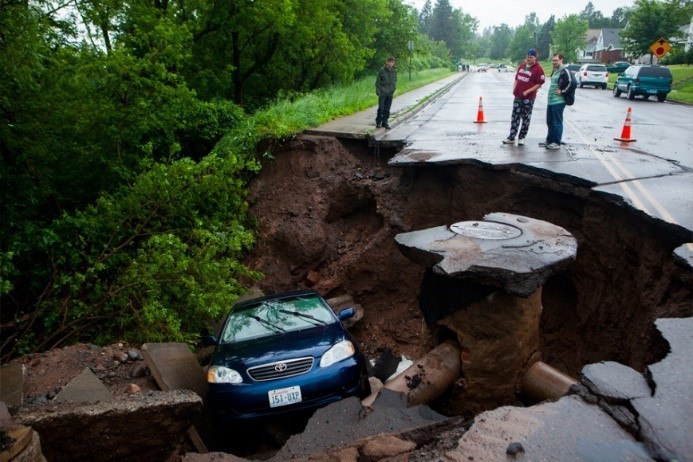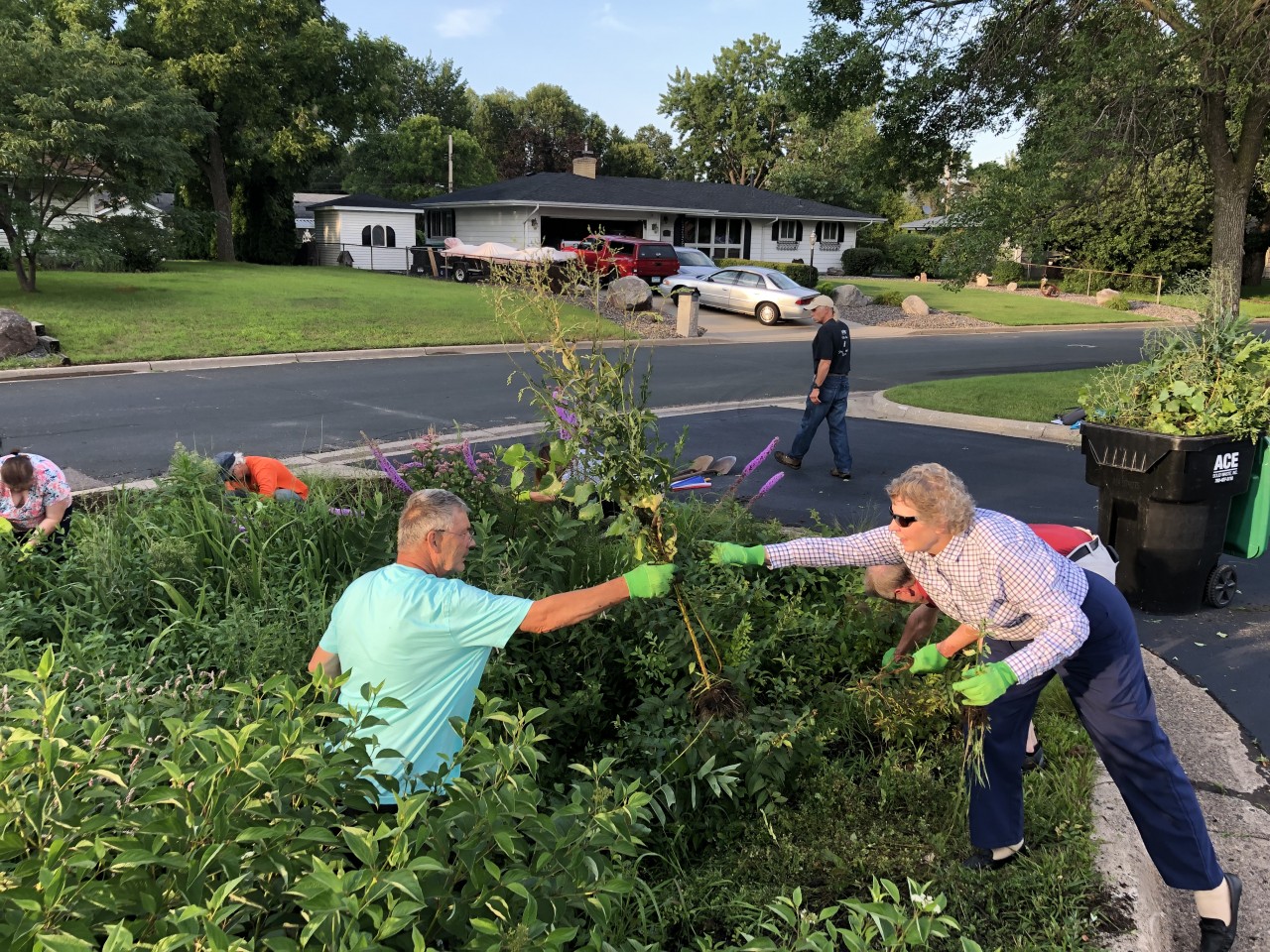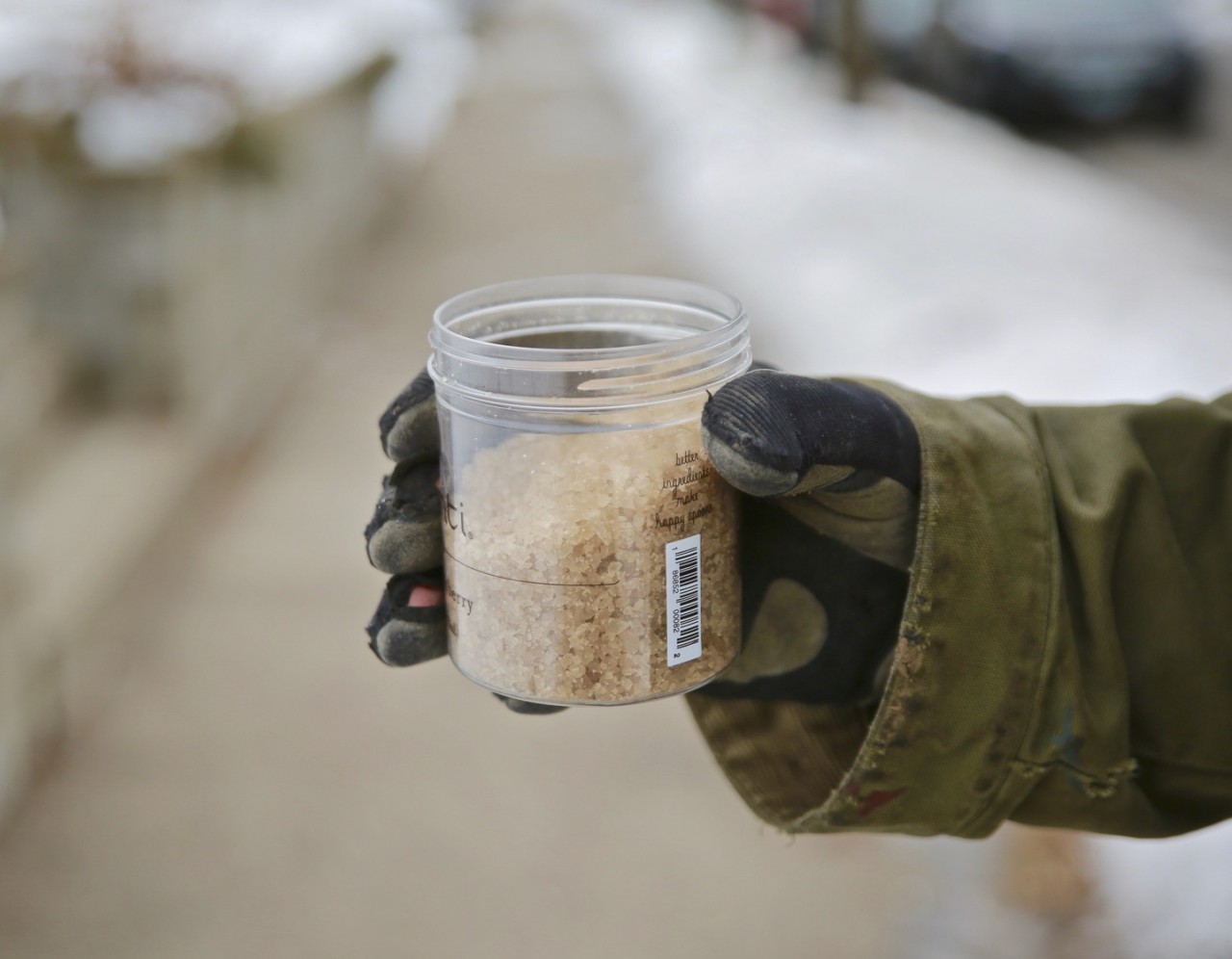De-icing salt is so common here in snowy Minnesota, we hardly even think before tossing it down. But we really should be thinking hard because all that salt accumulates in local streams, lakes, and wetlands causing stress and sometimes death to native animals and vegetation. Salt dissolves easily in water which means it's almost impossible to remove without expensive and time-consuming treatment. Road and sidewalk safety is a priority for all of us, so what is an environmentally conscious Minnesotan to do if they want to stay safe and minimize their salt use? Here are some tips!
Shovel First. Shovel and scrape sidewalks before they are walked on so ice doesn't have a chance to form in the first place.
Choose the Right Salt. Different chemicals work at different pavement temperatures. Be sure to choose the right one for the conditions. Sodium chloride, the most common de-icer, will only work when the pavement temperature is above 15 degrees F.
Scatter Salt Grains. Granular salt melts ice fastest when the grains are spread 3 inches apart. Contrary to popular belief, adding more salt will actually make the ice melt slower!
Sweep up Excess. If there is salt left on the ground after all the ice is gone, sweep it into a bucket to use in the next storm. You paid for it so don't let it wash away!
Pre-treat Pavement. Applying a liquid de-icer to pavement 24-48 hours before a storm will help prevent ice from adhering to the surface and make it a lot easier to scrape up.
Wear Proper Footwear. Boots with extra traction such as cleats or spikes reduce the risk that you may slip and fall. They are a worthwhile investment here in Minnesota where we're bound to encounter ice at some point.
Avoid Distractions. We all know not to drive while we're distracted. The same goes for walking! Avoid using cell phones while walking and keep your eyes on the path in front of you.
Drive for the Conditions. Here in Minnesota, there is no escaping the snow and ice. Remember that you are ultimately responsible for your own safety, so always drive with caution.
Do the Penguin Shuffle. Always anticipate icy conditions and keep yourself safe by walking on marked paths near handrails.
If you See Something, Say Something! As an environmentally conscious Minnesotan, one of the best things you can do to combat chloride pollution in our waters is to talk to your friends, neighbors, and local businesses. Pressure from residents like you can help turn the tide and protect our valuable freshwater resources now and for many generations to come.

